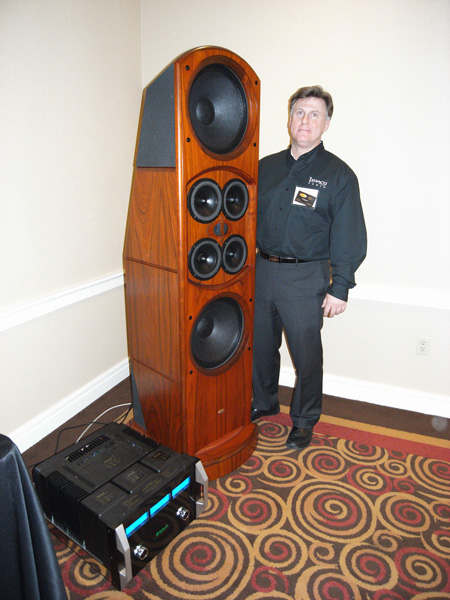
anyone else drool over Definitive SuperCube Trinity...
Forums
- Read more about anyone else drool over Definitive SuperCube Trinity...
- Log in or register to post comments
amplifier choice
Forums
- Read more about amplifier choice
- Log in or register to post comments

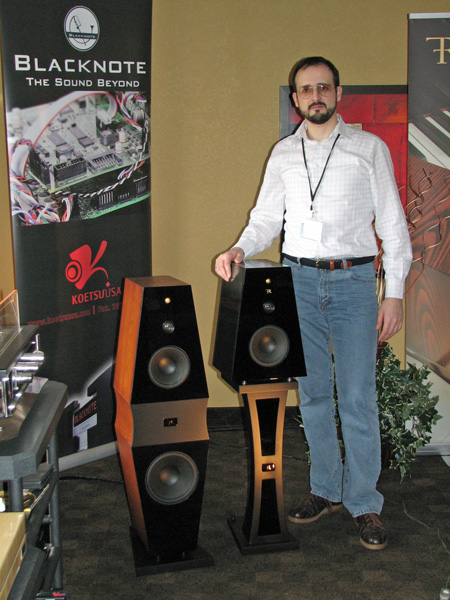
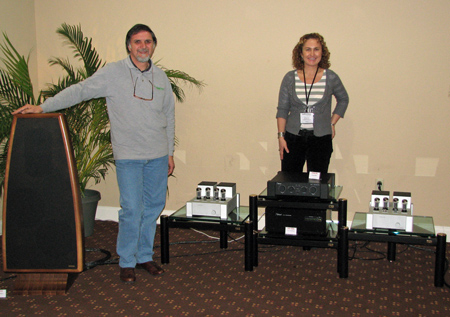
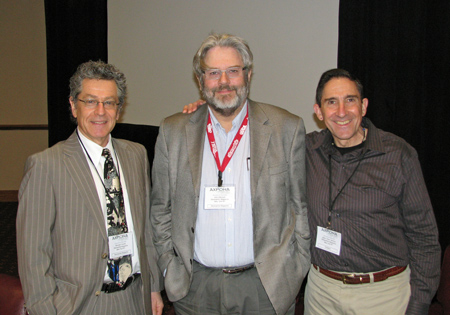
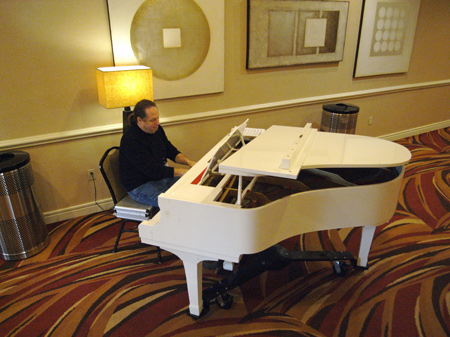
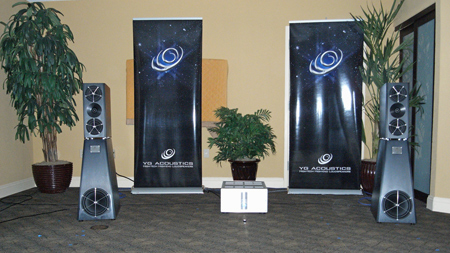
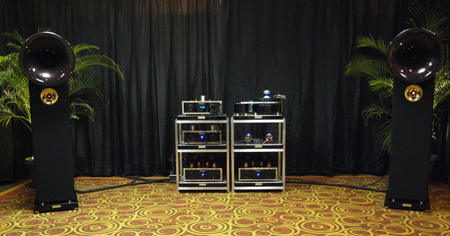
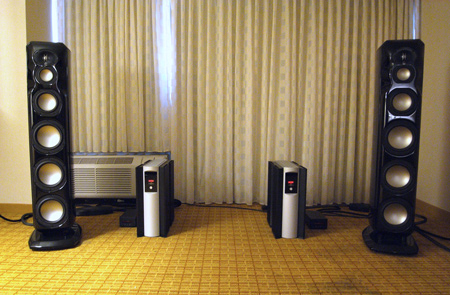
omg!!! I may need a shower after hearing a demo....